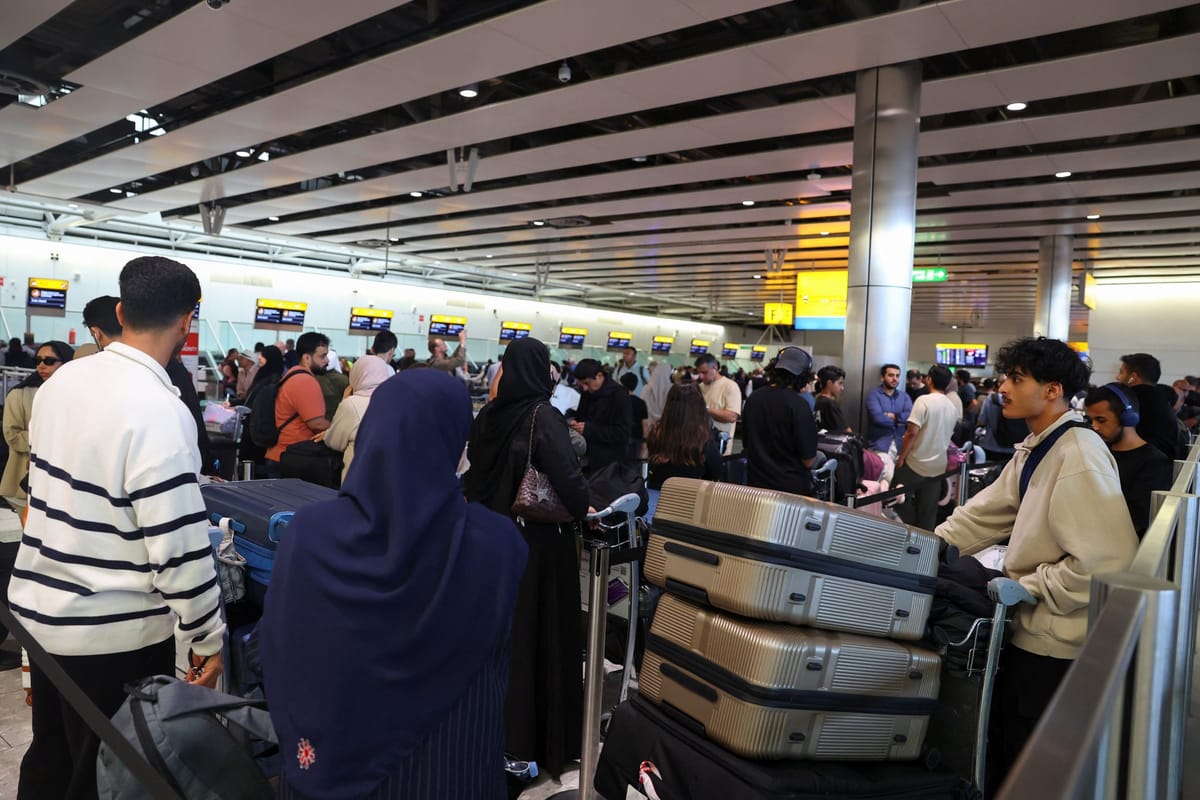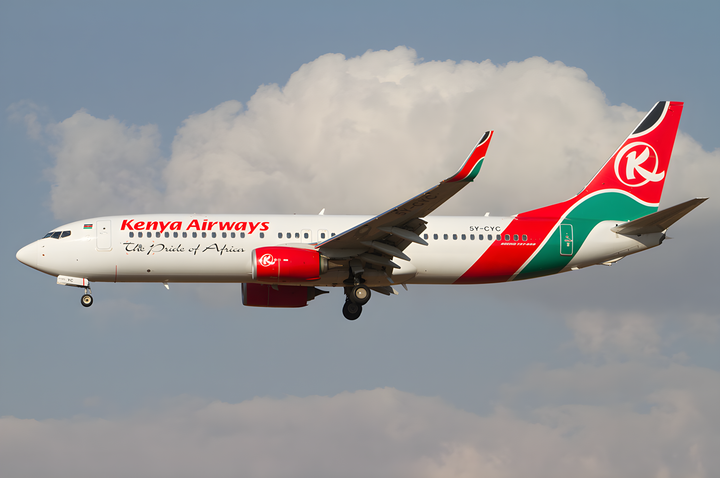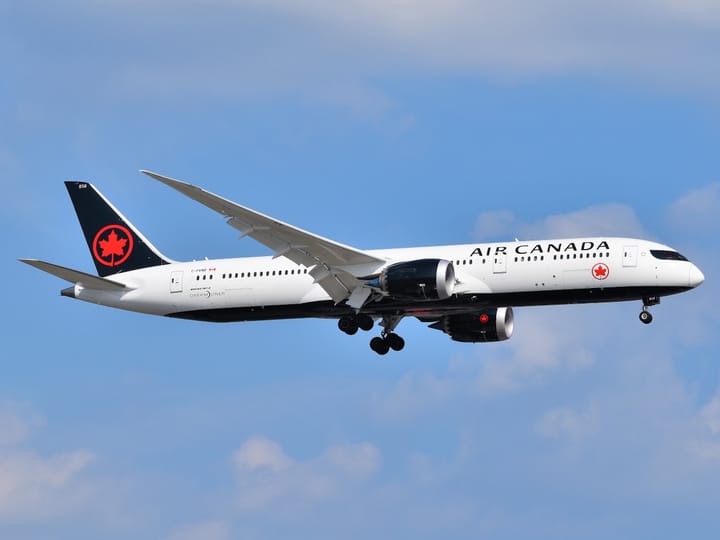Cyber Attack Disrupts Flights Across Europe
A cyber-attack on Collins Aerospace’s Muse software has disrupted check-in and baggage systems at Heathrow, Brussels, and Berlin, forcing airlines into manual operations. Passengers face hours-long queues, missed connections, and delays, exposing aviation’s reliance on vulnerable digital systems.

You show up at the airport, suitcase in hand, ready to start your journey — only to be greeted by long lines and blank screens. For many travelers at Heathrow and other European airports, that was the reality after a cyber-attack crippled check-in and baggage systems, leaving passengers stuck in queues instead of moving toward their gates.
What Happened, Exactly?
- The culprit appears to be RTX’s Collins Aerospace, which provides a software called Muse used by multiple airlines and airports. This software “shares” check-in desks and boarding gates across airlines instead of each airline having its own. That means if Muse hiccups, a lot of airlines feel the pain.
- The attack (or disruption) has affected electronic check-in and baggage-drop systems. Manual operations have been brought in as a workaround.
- Airports besides Heathrow have reported issues: Brussels (boarding and check-in impacted), Berlin Brandenburg (longer queues). Even in Dublin and Cork, some airlines switched to manual check-in.
Real People, Real Delays
- Lucy Spencer queued for more than two hours to check in for a Malaysia Airlines flight at Heathrow. Baggage tags were being done manually; phones got boarding passes that should work, but then didn’t at the gate. Back to check-in they went.
- Monazza Aslam sat on a plane on the tarmac for over an hour, missed an onward connection.
What They’re Saying & Doing
- Heathrow says most flights are still going, though delays are spreading. They apologize, are trying to “resolve and recover.”
- National Cyber Security Centre (UK) is involved, as are law enforcement, Department for Transport, and airline/airport partners.
- The European Commission is “closely monitoring” but doesn’t believe this is a massively widespread or severe attack yet.

Why This Matters More Than You Think
- Single Points of Failure
When many airlines share the same software (Muse in this case), a single glitch or attack can ripple out huge delays. It’s like having one power plug for your whole block: if it trips, everyone’s in darkness. - Manual Backup ≠ Instant Magic
Switching to manual operations takes time. Staff has to tag baggage by hand, manually check passengers in, handle boards & gates sans automation. Queues swell, gates get confused, people suffer. - Possible Security / Ransomware Angle
While no proof yet who’s behind this, cyber-security analysts suggest it could be ransomware or a similar kind of attack. Criminal groups or state-sponsored actors could be behind it. (Historically, these have been used to extort money or cause chaos.) - Passenger Rights & Travel Chaos
Flights get delayed, connections missed, personal distress (funerals, family events, etc.) all suffer. There may also be legal or compensation implications depending on jurisdictions.
What You Should Do If You’re Flying Soon
- Check your flight status before leaving home. Airlines will update delays.
- Arrive earlier than usual; manual processes a
- Be patient with staff — they’re doing their best under digital meltdown.
- Have backup plans: flexible tickets, alternative flights, or even refundable options.
For extra peace of mind, you can track flights in real time using US flight tracking sites like WhereFlight, so you’ll know immediately if your flight is delayed or rerouted.
Bottom Line
This isn’t just tech jargon; it’s real people stuck in queues, missing flights, enduring chaos because a piece of software named Muse took a hit. It’s a reminder of how dependent modern travel is on digital systems, and how vulnerable those systems are.
Travel doesn’t stop, and neither should you. From cyber-attacks grounding flights to the latest travel tips, we’ve got you covered. Follow us for live flight tracking, real-time news updates, expert insights, and stories that keep you ahead of the curve.




Comments ()